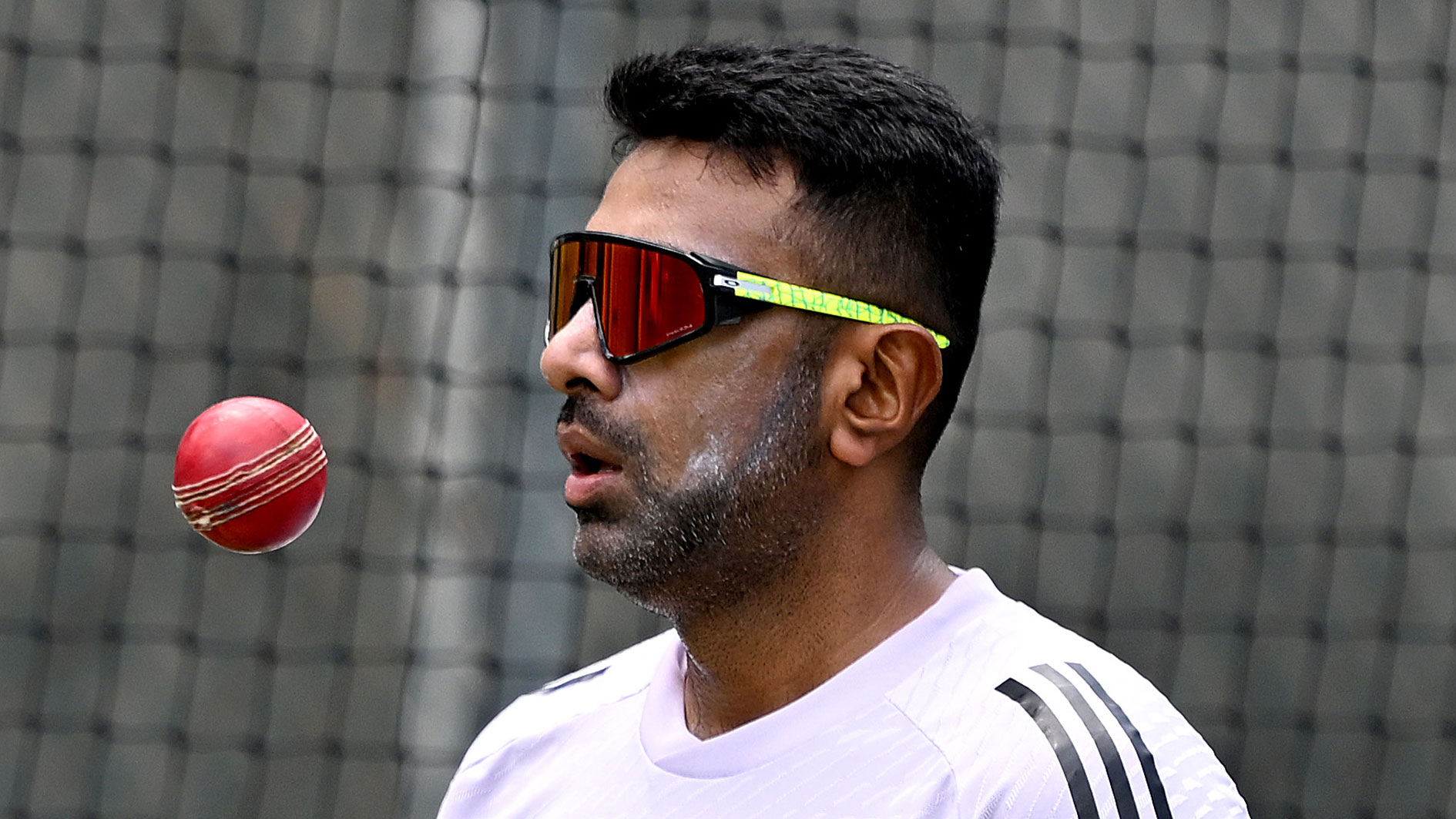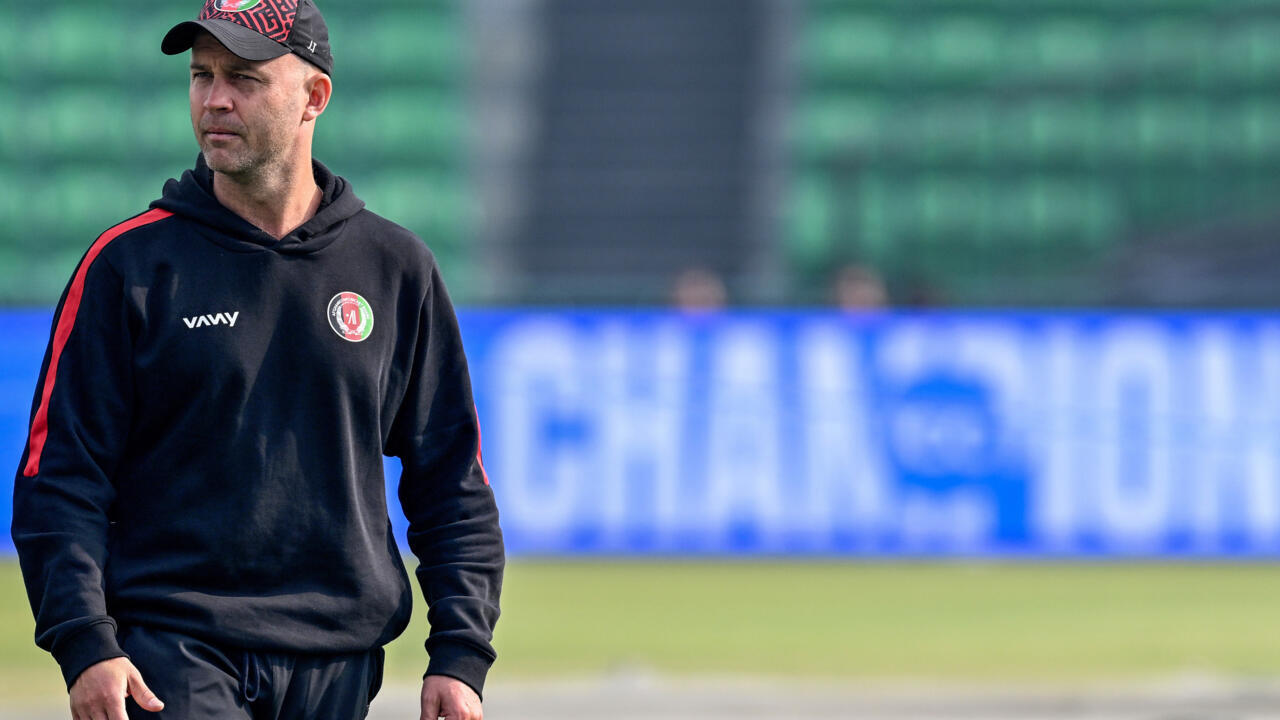Why a Real Madrid founding father is buried near Liverpool - and the campaign to remember him

Liverpool and Real Madrid, two heavyweights of European football, will be reunited at Anfield on Tuesday.The atmosphere promises to be febrile, with Trent Alexander-Arnold’s homecoming following his summer move to the Spanish capital adding an extra edge to the night’s proceedings. But, prior to the main event, rival supporters will come together to celebrate what connects, rather than divides, them.They will gather in the Wirral town of Wallasey, a 20-minute drive from Anfield, at the graveside of Arthur Johnson, one of the founding fathers of Real Madrid.Johnson’s contribution to Real Madrid was significant but has been largely unheralded. Born in the Irish capital of Dublin in 1878, a career in engineering took him to Madrid and he played in the first official game in the club’s history — the team was then known as Madrid FC — and scored their consolation goal in a 3-1 defeat to Barcelona in 1902 in the Copa de la Coronacion.He formally became their first coach in 1910 and held that position for the following decade, which makes him their second-longest-serving manager after Miguel Munoz. He led them to regional championships and Copa del Rey glory with Santiago Bernabeu — the legendary future club president after whom Real Madrid’s stadium is named — as one of his players. Part of Johnson’s legacy is said to be selecting an all-white kit, supposedly partly influenced by the colours of the London-based amateur club Corinthian FC.Johnson later returned to the UK and based himself in Wallasey, working for Liverpool’s United Alkali Company and acting as secretary for his local bowls club. He died of pneumonia at the age of 50 in March 1929.He is buried in grave 177 on plot 16C of Rake Lane cemetery in Wallasey, on the other side of the Mersey River to Liverpool. He lies alongside his wife Ada, who passed away in 1961, but there’s no mention on the open-book headstone of his links to arguably the world’s biggest football club.The Athletic reported the grave’s existence in August 2023, as part of a feature around the English influence at Real Madrid (Ireland was still part of the United Kingdom when Johnson was playing for the club).Neglected and overgrown, the inscription was barely legible until local historian and YouTuber Kevin Cuthbertson recently decided to take action.“What inspired me was finding out Arthur was lying there for almost 100 years with zero recognition from anyone,” he says. “Even if I could just do something as little as cleaning his stone so it stood out a little bit better, at least it was something.”The videos he posted online about renovating the grave raised awareness and led to others wanting to get involved. Vincent Shuttleworth created a plaque which now sits alongside the gravestone detailing Johnson’s achievements.“Arthur’s name deserves to be spoken of with the same respect and reverence as esteemed players like Ferenc Puskas, Alfredo Di Stefano and Zinedine Zidane,” he says.“His legacy is a club which is the biggest and most famous in the world. He was a visionary. This gravestone represents the foundation stone upon which Real Madrid was built. This will be a place of veneration and will be looked after in the years ahead — it is the least we can do.”Les Wright, a veteran of more than 100 European away trips with Liverpool, reached out to representatives from official Real Madrid supporters’ clubs to invite them to visit the grave prior to Tuesday’s match at Anfield. Fans from both clubs will lay floral tributes and a prayer for Johnson will be delivered in Spanish, before gifts are exchanged.“We have been in many finals with Real Madrid and there’s a great rivalry between the clubs both on and off the pitch, but there’s also great respect,” Wright says. “This sign of our friendship can hopefully set an example to other teams and fan groups throughout Europe.”Gerardo Tocino will be part of the Real Madrid contingent who will make the trip to Wallasey after arriving in Merseyside.“We didn’t know much about Johnson before this,” he admits. “I knew he was the first coach; we knew his name, but little else. Then, as a result of this, I was able to learn a little more about him: that he was the one who taught the other players the rules. I find it funny that I found out that he said you couldn’t play a match for three or four hours and that it had to only last an hour and a half, and you couldn’t stop to smoke!“It’s important to recognise his contribution. For us, the club is a big part of our lives. I spend 10 or 12 hours a day at the club. People like Johnson made Madrid possible, and we should bear that in mind.”Alfredo Relano, a journalist for the Spanish newspaper Marca and a sports historian, grew up on stories about Johnson’s importance in the club’s history.“Johnson was called ‘the Englishman’ (despite coming from Dublin),” Relano says. “I remember my father telling me that there was an Englishman in the early days who explained all the rules to them and knew the game. We are talking about the very beginning of the last century, when football began in Spain.“There were young men who went to study in London and came back infected with football fever, which spread everywhere. Johnson organised them tactically, corrected them, explained the rules to them and played a few matches. He guided them on what to do and what not to do because, at that time, during half-time, the players would go off with their girlfriends or to smoke.“He told them they had to go to the changing rooms, taught them how to massage themselves and how to position their feet correctly to kick the ball. He played many friendly matches, but only three official ones.“Johnson was like the first primary school teacher, teaching you the rules and the British guidelines for behaviour. Santiago Bernabeu still spoke of him with a certain respect 70 years after all that. I heard him talk about it and refer to him as ‘the Englishman’ because everyone assumed he was English.“A club is a repository of collective memory. At Athletic Club, for example, great care has been taken with the statue of (legendary striker) Pichichi and everyone lays flowers there. At Madrid, there has not been as much interest. Perhaps only one journalist per era who was interested in these things.”His local newspaper, The Wallasey News, carried a report on Johnson’s passing in 1929 with the headline: ‘Well known Sportsman’s Death.’ It detailed how a large crowd had gathered for his funeral but there was no reference to his exploits with Real Madrid.For nearly a century, that has remained the case in Wallasey Cemetery. But, as supporters from both clubs come together at Johnson’s renovated graveside on Tuesday, there is a long-overdue appreciation and celebration of an unsung trailblazer.















